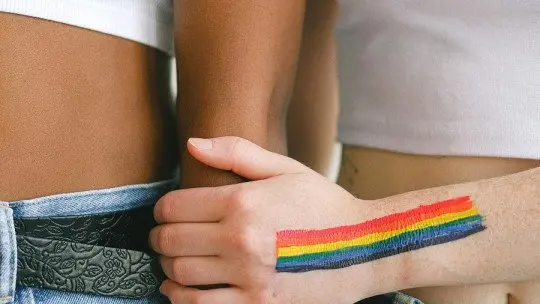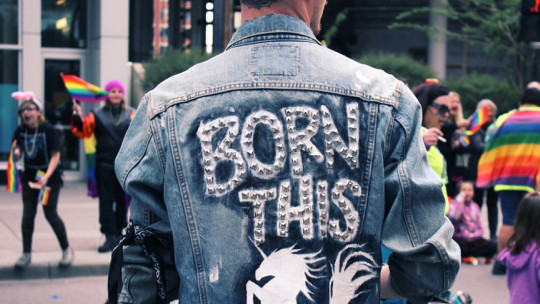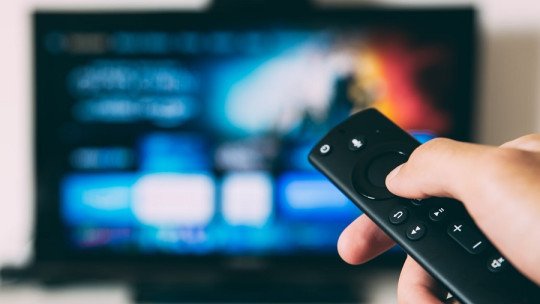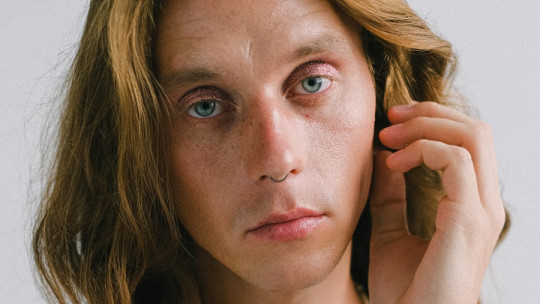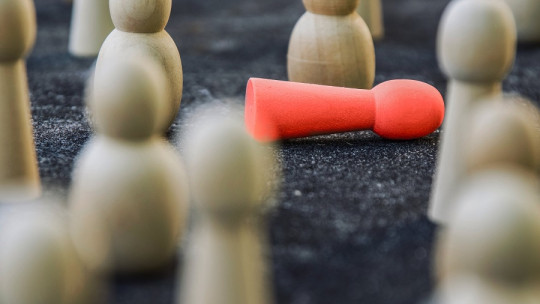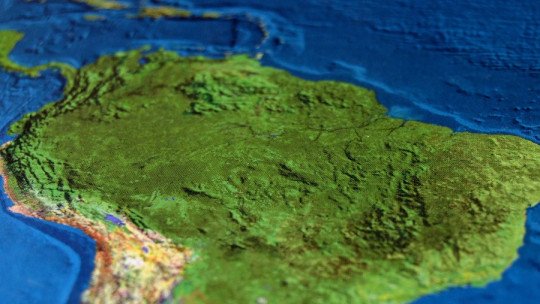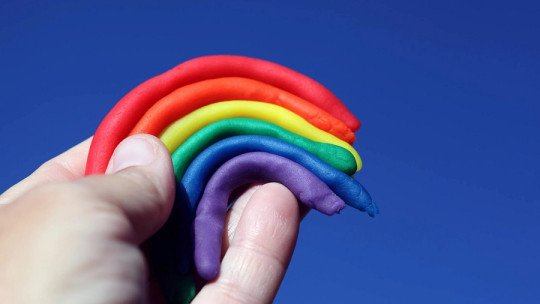
The LGBTIQ+ community, made up of lesbians, gays, bisexuals, transgender, intersex, queer and non-binary people, among other dissident identities and experiences, has long been a beacon of resistance and solidarity in the fight for equality and recognition. from the human rights. However, on many occasions, behind an image of unity and strength hides the complex reality of discrimination within their own ranks.
Does discrimination exist within the LGBTIQ+ community itself and among its members? From homonormativity and the normativity of the experiences of white cis men, through transphobia, the invisibility of queerness and intersexuality, there is a whole amalgamation of beliefs that have not yet been resolved in large sectors of the LGBTIQ+ population.
In this article, we propose to explore this phenomenon in depth, seeking to identify and describe some of these dynamics of intra-community discrimination. Furthermore, we will seek to understand its underlying causes and the impact it has both individually and collectively. It is important to understand the importance of fostering a more inclusive, diverse and supportive community, in which each individual is valued and respected equally.
Definitions and context
Intra-community discrimination within the LGBTIQ+ community refers to the prejudices and exclusionary behaviors that occur among the same members of this community, despite sharing a common struggle against discrimination and external stigma. This phenomenon, although less visible than discrimination from outside the community, is real and normally has a significant impact on LGTBIQ+ people who are less visible and, therefore, more discriminated against.
Historically, the LGBTIQ+ community has fought for rights and recognition in a society that has systematically marginalized and discriminated against them. However, within the community itself, dynamics of power and privilege have emerged that replicate, on a smaller scale, the oppressions present in broader society. These dynamics may be influenced by historical and cultural factors, where certain gender identities and expressions have been more accepted and visible than others.
For example, early gay rights movements in many countries were dominated by cisgender white men, who may have more access to platforms and resources than other groups within the community. Having the cisgender white men of the community take the lead voices makes the voices of all the other members, who are less visible in society solely because they are not white cis men, lose strength.
This discrimination not only undermines solidarity and unity within the LGBTIQ+ community, but also perpetuates the same structures of oppression that the community fights to dismantle in society at large. Therefore, recognizing and combating these internal dynamics is essential to moving towards a more inclusive and equitable community.
Intra-community discrimination
Next, we will propose some examples of behaviors and situations that reflect discrimination within the LGBTIQ+ community by the members themselves. It is important to understand that These situations are not stable nor do they always occur in the same way but we are going to reflect a reality that exists and that makes normality and inclusion difficult for some sectors of the LGBTIQ+ population.
1. Homonormativity and cisgender gay men
Homonormativity is the tendency within the LGBTIQ+ community to privilege the experiences of cisgender gay men, promoting traditional gender norms and values and monogamous relationships. This can result in the exclusion and marginalization of other identities, such as trans, bisexual and non-binary people, whose experiences and ways of life do not fit these standards. Homonormativity reinforces internal hierarchies and perpetuates a limited and exclusive vision of diversity within the LGBTIQ+ community.
2. Internalized biphobia
Internalized biphobia is the phenomenon in which bisexual people adopt and perpetuate stigmas and prejudices against their own sexual orientation. It results from social pressure and lack of acceptance both within the LGBTIQ+ community and in society in general. This It can manifest itself in the invisibility of bisexuality and the denial of one’s own identity. Internalized biphobia contributes to the marginalization of bisexual people within the community and makes it difficult to build a positive identity.
3. Transphobia
Transphobia is the dislike, fear or discrimination towards transgender people, based on their gender identity. Within the LGBTIQ+ community, transphobia can manifest in exclusion, invalidation of trans identities and a lack of support for their needs and struggles. This discrimination can result in the marginalization of trans people in LGBTIQ+ spaces and events, hindering their full participation and contributing to community fragmentation.
4. Racism and exclusive white visibility
Racism within the LGBTIQ+ community manifests itself in the preference for white people and the exclusion of people of color. Predominant representation and visibility in events and media often focuses on white individuals, marginalizing the experiences and struggles of racialized LGBTIQ+ people. This exclusion reinforces racial hierarchies and undermines efforts to build an inclusive and equitable community, perpetuating systemic discrimination within the community.
5. Intersexual invisibility
Intersex invisibility refers to the lack of recognition and visibility of intersex people within the LGBTIQ+ community. Intersex people are born with sexual characteristics that do not fit the traditional binary categories of male and female. However, they are often ignored or excluded from LGBTIQ+ conversations and spaces, perpetuating their marginalization. This invisibility reflects the need for greater awareness and acceptance of the diversity of gender experiences within the community.
Causes of intra-community discrimination
Discrimination within the LGBTIQ+ community can be attributed to a number of complex factors that reflect both internal dynamics and external influences. Among the most notable causes are:
1. Historical and cultural factors
The history of the fight for LGBTIQ+ rights has been marked by the predominance of certain groups within the community, mainly cisgender white gay men. This historical domination has created a hegemonic narrative that privileges their experiences and concerns over those of other community members. As a result, marginalized identities and voices, such as trans, bisexual, non-binary, and people of color, have been systematically excluded or minimized.
2. Social norms and stereotypes
Social gender norms and cultural expectations also influence intra-community discrimination. Homonormativity, for example, reinforces traditional ideas of masculinity and femininity, excluding those who do not fit these roles. Likewise, stereotypes about bisexuality as a phase or a choice between being gay or straight can fuel biphobia both within and outside the LGBTIQ+ community.
3. Privilege and power
Privilege and power within the community also play an important role in intra-community discrimination. Those who conform more closely to dominant gender, race, and class norms may benefit from higher social status and, in turn, perpetuate the exclusion of those who do not meet these standards. This dynamic of internalized privilege can lead to the reproduction of the same hierarchies of oppression present in broader society.
Consequences of discrimination
Discrimination within the LGBTIQ+ community has significant repercussions that affect both the individual and collective levels, weakening the cohesion and empowerment of its members. Some of the most notable consequences are:
1. Psychological and emotional effects
Intra-community discrimination can lead to feelings of alienation, low self-esteem, anxiety and depression in those who are targeted. Invalidation of gender identities and experiences can cause deep emotional trauma and hinder mental health and psychological well-being.
2. Community fragmentation
Internal discrimination undermines the bonds of solidarity and mutual support within the LGBTIQ+ community. Instead of coming together to address common challenges, members may feel divided and excluded, weakening their ability to advocate for change and equality.
3. Obstacles to cohesion and activism
Intra-community discrimination can hinder collective efforts to address external discrimination and promote equality. When community members are busy fighting each other, resources and energy are diverted that could be used more effectively to combat systemic oppression and promote inclusion.
4. Impact on mental health and well-being
Ultimately, intra-community discrimination has a negative impact on the mental health and general well-being of the LGBTIQ+ community. To build a stronger and more resilient community, it is crucial to address and overcome these internal divisions, promoting acceptance, respect and solidarity among all its members.
Conclusions
In conclusion, the existence of discrimination within the LGBTIQ community is undeniable, and its effects are harmful both individually and collectively. Homonormativity, biphobia, transphobia, racism and other types of intra-community discrimination fragment unity and undermine efforts for equality. Overcoming these barriers requires a collective commitment to inclusion, respect and solidarity to build a stronger, more united community.

